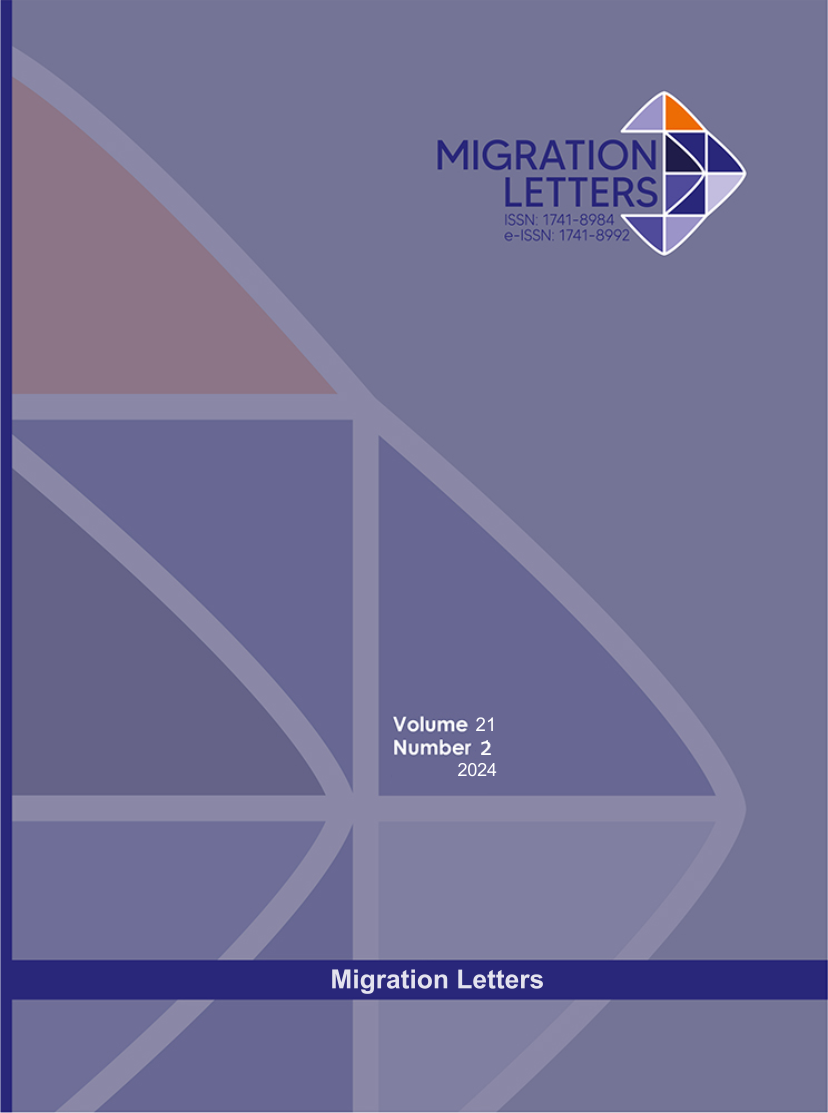Valorization of Pitahaya (Selenicereus sp.) Stalk Residues for Bioplastics Production
DOI:
https://doi.org/10.59670/ml.v21i2.5850Abstract
The increasing accumulation of solid wastes, especially those derived from Polyethylene Ter-ephthalate, a slow degrading polymer, has caused significant ecological damage. This research addresses the possibility of mitigating this impact through the production of bioplastic from pitahaya (Selenicereus sp) stalk, using mucilage extracted from stalks older than 12 months. The methodology included homogenization, filtration, double centrifugation and precipitation with 96% alcohol, achieving a mucilage yield of 51.75%. Ten physicochemical properties were studied, such as pH, moisture, ash content, fat, and more. Using a four-treatment experimental design, bioplastic films were evaluated by enriching them with grenetin, vinegar and glycerin to improve their structure. Treatments T3 and T4 showed excellent physico-mechanical characteristics, standing out in strength, elongation and water vapor permeability. These findings confirm that pitahaya stalk mucilage is a promising candidate for the production of sustainable bioplastics, aligning with established standards and offering an innovative approach to plastic waste man-agement.
Metrics
Downloads
Published
How to Cite
Issue
Section
License

This work is licensed under a Creative Commons Attribution-NonCommercial-NoDerivatives 4.0 International License.
CC Attribution-NonCommercial-NoDerivatives 4.0






